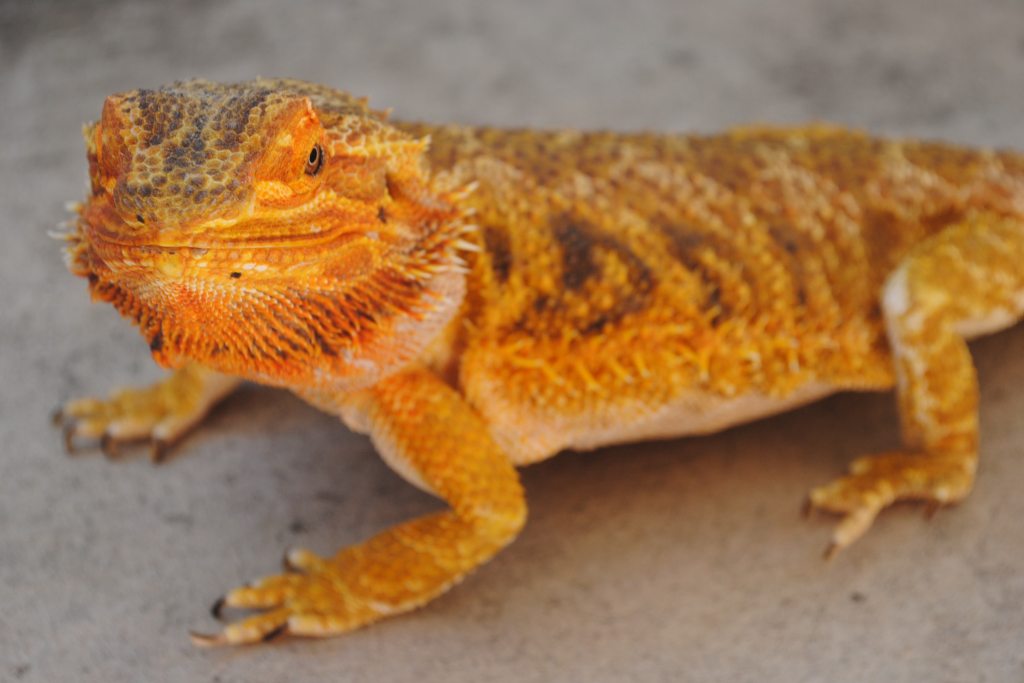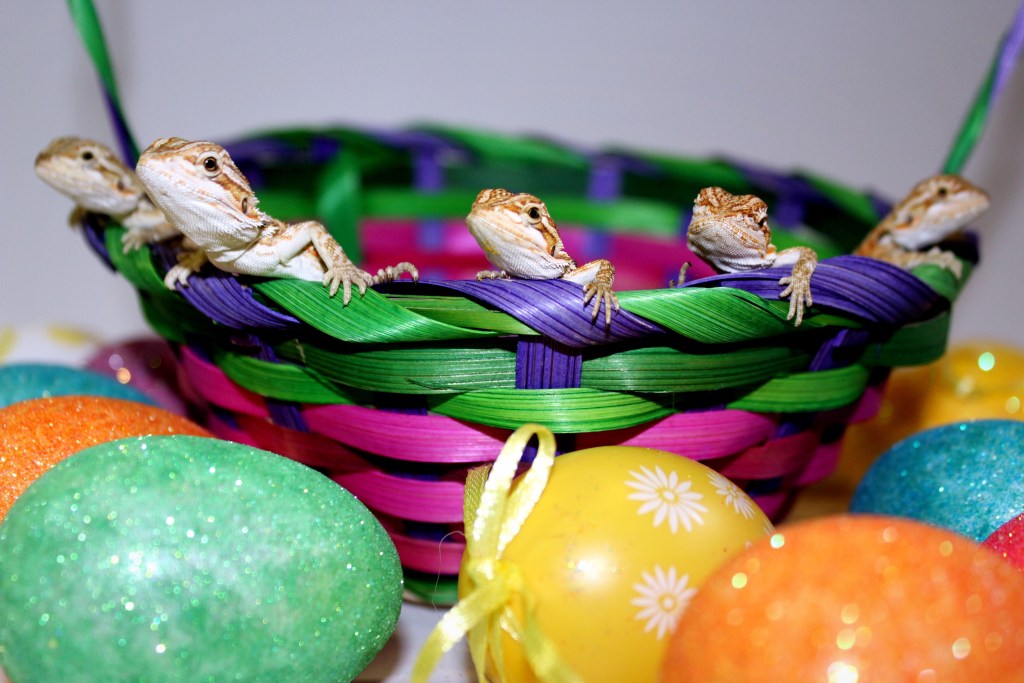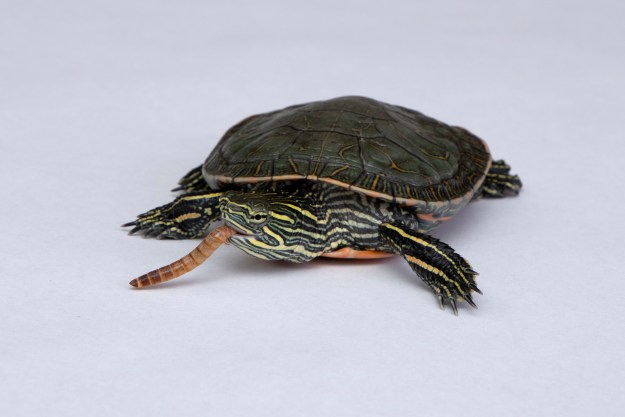If a bearded dragon served as your entrance into the world of herpetology, then wise choice. These gentle yet curious lizards make excellent pets for you and the whole family — with plenty of personality, to boot. Ready to take the next step in reptile ownership? Bearded dragon egg care will take you up a level as it requires double the knowledge and experience for twice the reward (or perhaps 20 times if they all hatch). You’ll want to be a hands-on pet parent and helper for your lady beardie throughout the whole process to ensure babies and mother come out doing well.

What to do before she lays eggs
You notice your dragon has started to act funny and her tummy has grown. It’s likely that she’s gravid, which means pregnant with eggs. Sometimes this happens even in the absence of a mate. Just as chickens often lay even without a rooster present, so, too, do reptiles — wishful thinking maybe. If you know she has not been in the presence of a male for more than six weeks, you can dispose of them. Otherwise, start getting ready for a clutch to take care of. You’ll want to up her calcium intake for starters and her food, though she may not eat right before she lays. If the six-week mark comes and goes with no eggs in sight, you’ll need to take her to a vet. She might be egg-bound and in need of immediate care.
How to tell if bearded dragon eggs are fertile
Assuming she has seen her man recently, you can be reasonably sure that the eggs contain a future beardie, but there is a way to check. Shine a light into the egg (in a dark room) and try to spot a little collection of veins (or really a blob) inside. The light may also come out looking pinkish (yellow means not fertile). But don’t handle them too much — you should treat them extra gently. You must decide early if you’ll mostly be caring for the eggs or if Mom will be involved. Either way, they take work.
She’ll have already built a nest using dirt and needs your help to keep it moist and warm. Aim for 85 degrees and 75% humidity at all times. Monitor this with a thermometer and hygrometer. Watch carefully to ensure no mold is growing, either. If mold does spring up on an egg, you’ll have to dispose of that one quickly so that the others stay safe. Don’t forget to keep them in the upright position. You might struggle to tell, but it does make a difference to the tiny animal growing inside.
When will they hatch?
It takes about two months for the new eggs to hatch, which means a lot of time spent carefully tracking them for both of you. Don’t expect the babies to arrive exactly on time and most importantly, don’t help. Your new tiny pets will squirm out of their eggs on their own. Keep out for a day or two to let all the minis come when they come. Some won’t ever open, and after a couple of days, you can discard these.

Where do the babies go after?
While you wait for your newest arrivals, start planning where these additions will go once they show up. You probably don’t have enough space for all 20 newborns and Mom. Once they reach 4 weeks, you can give them to new owners or move them to different enclosures, so Mom can go back to living the single life.
Welcoming baby reptiles takes a lot of work, and you may feel unprepared. If you have a pair or if your female has recently hung out with her beau, you should stay ready. Once she reaches a year old, all bets are off, and you may get a gaggle of lizards. It’s best to keep your vet involved in this whole process, especially to check your pregnant pet in case she needs special attention. While 20 little ones seem like a lot, it’s not more than she can care for, and once they’re ready, you can send these cuties off to new, loving homes.
Editors' Recommendations
- Is my rabbit pregnant? 5 telltale signs you should know
- What you need to know about sugar gliders before you get an exotic pet
- Bunny care 101: If Easter inspires you to adopt a rabbit, read this first
- Can snakes swim? Here’s what you need to know about how these legless creatures move through water
- Aquatic turtles: Care and feeding basics every Testudine enthusiast needs to know




